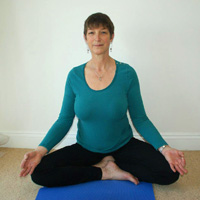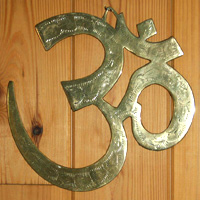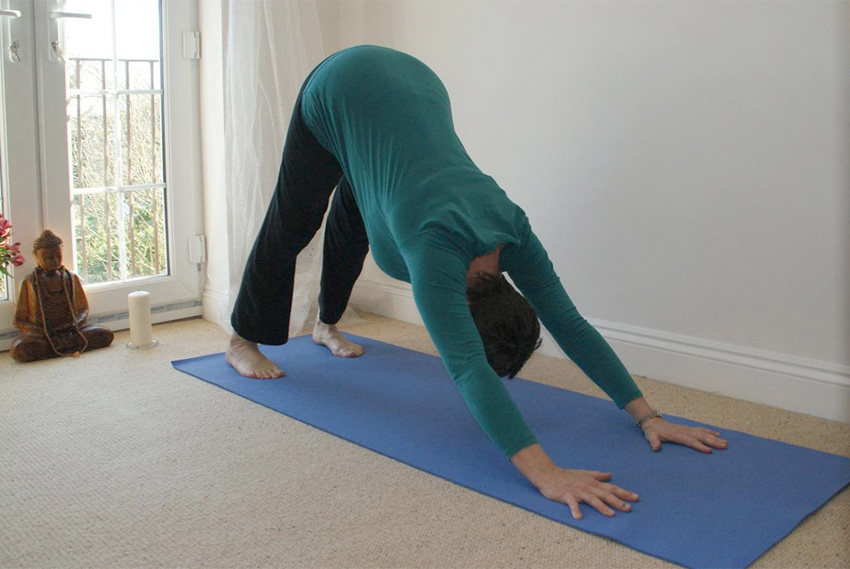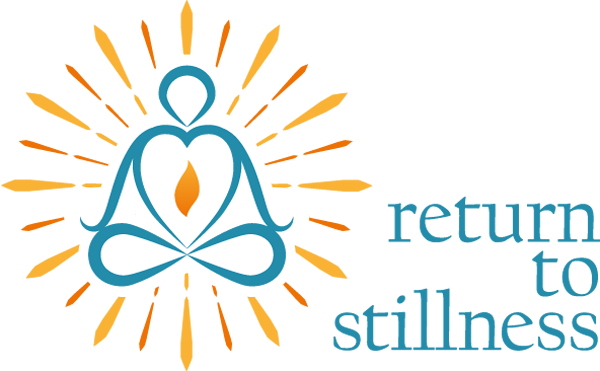About yoga...
 Yoga is known to have originated and was fully developed and preserved in India and the north of Tibet and Nepal. Interestingly, archeological discoveries have also found yoga was practiced in ancient China and in Mayan cultures. It is an ancient art, philosophy and science possibly tens of thousands of years old, practiced by people in order to feel at peace within themselves and passed down from generation to generation. What is amazing is that it is as relevant today as it was thousand of years ago. It engenders a sense of unity within us, of body mind and spirit, helping us become healthier and happier by circulating vital life energy through all the systems of the body.
Yoga is known to have originated and was fully developed and preserved in India and the north of Tibet and Nepal. Interestingly, archeological discoveries have also found yoga was practiced in ancient China and in Mayan cultures. It is an ancient art, philosophy and science possibly tens of thousands of years old, practiced by people in order to feel at peace within themselves and passed down from generation to generation. What is amazing is that it is as relevant today as it was thousand of years ago. It engenders a sense of unity within us, of body mind and spirit, helping us become healthier and happier by circulating vital life energy through all the systems of the body.
There are many different styles of yoga taught now throughout the world and the wonderful thing is that yoga meets you just as you are.
Whatever your age, state of health, state of mind or lifestyle, yoga can bring you a healthier, more joyful life.
Yoga offers many different ways to a strong but relaxed body, a calm mind and a happy fulfilled life. I include in my teaching many of the different styles of yoga:
- Hatha Yoga – which includes asana (postures), pranayama (breath practices) and relaxation.
- Raja Yoga or classic yoga – which includes the physical focus of Hatha Yoga to prepare the body for concentration and meditation, leading to a strong and steady mind.
- Viniyoga – a form of Hatha yoga which focuses on the individual’s needs, emphasing comfort and ease.
- Karma Yoga – meaning ‘right’ action or service to others.
- Bhakti Yoga – the other side of the coin from Karma yoga – devotion to a higher principle of love.
- Satvik Yoga – a practice which focuses on balancing the Chakras (energy centres) within the body.
Yoga is not all about ‘being flexible’. Indeed if you already are over flexible you do not need more flexibility. On the physical level, building strength and stamina are just as important and the physical is only one aspect of yoga practice. Yoga also includes a philosophy, breath work, concentration, meditation, chanting or sounding, and looking at our attitudes and how we relate to ourselves and others. It is not a religion but has a practice that can bring us closer to ‘The Divine’. The physical practice can be strong and dynamic developing cardiovascular fitness, or still and calm developing inner strength, concentration and the breath.
This holistic approach, strengthening ourselves on every level, allows us to live our lives with a greater sense of wellbeing, harmony, balance and peace.
 Meditation (one aspect of yoga) is not about ‘emptying the mind’. It involves training the mind to hold a steady focus, improving concentration and coming to a place of calmness where the body and mind can rest and recover. Meditation can give more stress relief and recovery of energy than normal sleep. It also has many known effects such as:
Meditation (one aspect of yoga) is not about ‘emptying the mind’. It involves training the mind to hold a steady focus, improving concentration and coming to a place of calmness where the body and mind can rest and recover. Meditation can give more stress relief and recovery of energy than normal sleep. It also has many known effects such as:
- lower blood pressure
- improved heart function
- strengthening the immune system
- relieving depression and anxiety
- reducing tension and stress
- relieving pain
- improved concentration
- increased happiness
 Yoga systematically teaches man to search for the divinity within himself with thoroughness and efficiency. He unravels himself from the external body to the self within. He proceeds from the body to the nerves, and from the nerves to the senses. From the senses he enters into the mind, which controls the emotions. From the mind he penetrates into the intellect, which guides reason. From the intellect, his path leads to the will and thence consciousness (chitta). The last stage is from consciousness to his Self, his very being (Atma).
Yoga systematically teaches man to search for the divinity within himself with thoroughness and efficiency. He unravels himself from the external body to the self within. He proceeds from the body to the nerves, and from the nerves to the senses. From the senses he enters into the mind, which controls the emotions. From the mind he penetrates into the intellect, which guides reason. From the intellect, his path leads to the will and thence consciousness (chitta). The last stage is from consciousness to his Self, his very being (Atma). 
B K S Iyengar (Light on Pranayama)

 Feeling at peace with yourself is one of the many benefits to be gained from a regular practice of yoga, and that sense of inner calm is often palpable to others.
Feeling at peace with yourself is one of the many benefits to be gained from a regular practice of yoga, and that sense of inner calm is often palpable to others. 
Shakta Kaur Kalsa (KISS guide to Yoga)



